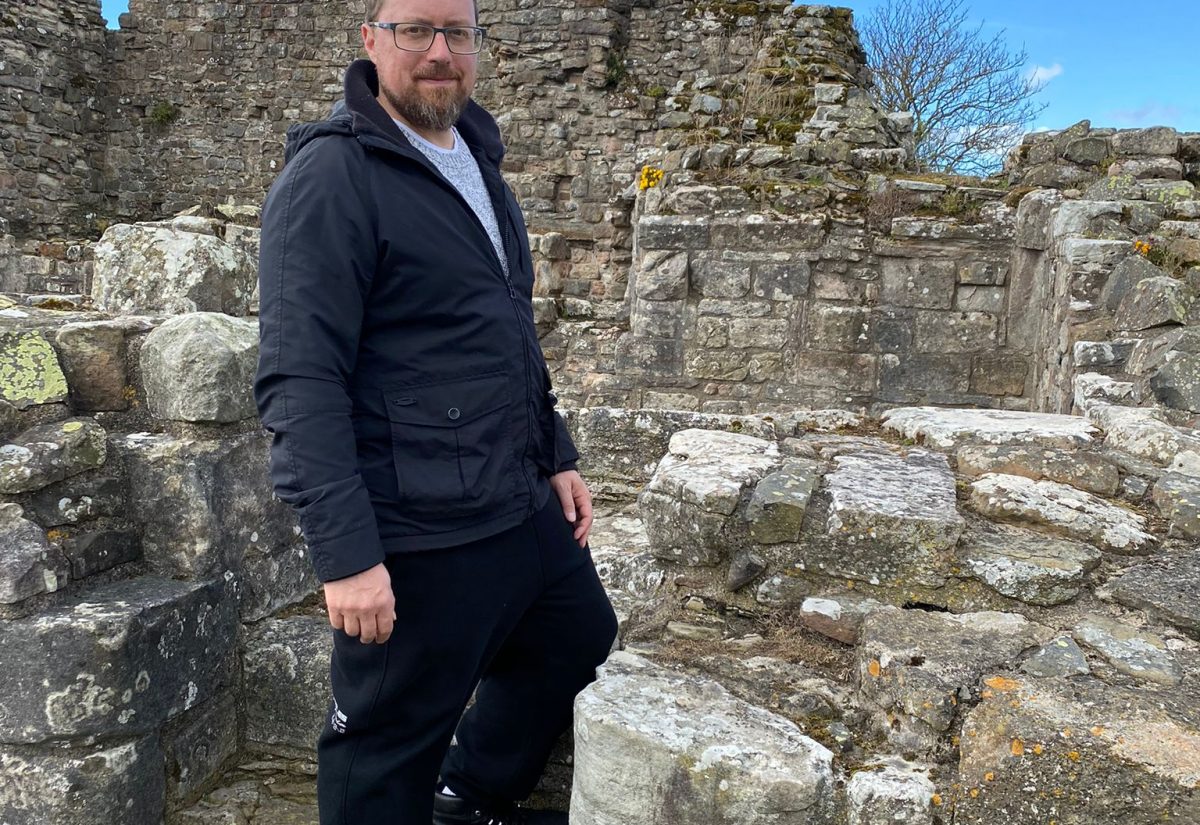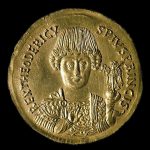Researcher Spotlight: Erin Thomas Dailey
- Erin Thomas Dailey
- 14 February 2024
- 0 Comment

Why did the Roman Empire fall? Little did I know, when I first encountered this question as an undergraduate, that it would propel me along a lifelong intellectual journey. Over time the question changed, first to how the Roman Empire fell. Or rather, how could the Roman Empire fall. I became perplexed by this lost world, in which a person living in York, or Budapest, or Damascus, or Tunis lived within the same Empire, which was of greater size than the modern EU (4.5 million km2 v. 4.23 million km2), and which had enough roads to circle the earth at the equator ten times. Then it became when did the Roman Empire fall, as my field of vision expanded to include not merely the western half of the Empire (traditional end date = 476 AD), but also its enduring eastern half (traditional end date = 1453). And, finally, the more befuddling question: did the Roman Empire fall. Of course it ceased, eventually, but those traditional end dates had more problems than uses, and the word ‘fall’ seemed like a strange word for something that had a remarkable ability to linger. I came to the understanding that the Roman Empire only ended when people stopped thinking that they were Roman, stopped thinking that there was or should be an Empire, and I became interested in that process of social change. Why did Roman society become something else?
For my Master of Research degree at the University of Leeds, I examined ‘Roman Influence in Early Anglo-Saxon Britain’, one of those places where Romanity inexplicably lingered. During my PhD, also at Leeds, I had the pleasure of participating in the ‘Texts and Identities in the Early Middle Ages’ project, which connected me to other researchers at several European universities investigating how past identities were actively shaped by historical writers. Although ethnic identity was the focus, my own research shifted to social hierarchies and gendered identities, as I examined ‘Women in the Works of Gregory of Tours’, a bishop who wrote a remarkable collection of historical and religious works full of legend, gossip, intrigue, miracles, fantasies, and fratricide. The fact that women played a central role in Gregory’s life and in his writings, together with the insufficient appreciation of this reality in much scholarship on the bishop, propelled me to write my first monograph, Queens, Consorts, Concubines: Gregory of Tours and Women of the Merovingian Elite (Brill 2015). I also became deeply interested in women who saw their status fluctuate in the social hierarchy or who crossed cultural frontiers. This interest led to a detailed study of Radegund, a Thuringian princess turned war captive, turned Frankish queen, turned holy nun, published in September 2023 as Radegund: The Trials and Triumphs of a Merovingian Queen (Oxford University Press, 2023).
I also became intrigued by several sixth-century queens who had risen to the top of society from humble, and indeed servile origins. How and why did enslaved women become queens? And what of women born to royalty who became slaves, or at least captives in war? I traced such practices back in time, in an effort to understand the history of slaveholding practices and to uncover ancient attitudes toward the sexual use of enslaved people. I returned again to the Roman Empire, in which perhaps as much as a quarter of its 55 million population held the legal status of slave, and which had a sophisticated system of laws and customs designed to enable free men to sexually exploit the people they owned, to remove or manage the consequences, and to prevent free women from similar activity. Aside from the medieval West, what of the other heirs of Rome in eastern Europe, the Levant, and North Africa? How was such a legacy managed by the great monotheistic religions whose formative periods coincided with the world of Late Antiquity? These questions gave rise to my current project on ‘Domestic Slavery and Sexual Exploitation in the Households of Europe, North Africa, and the Near East, from Constantine to AD 900 / AH 287’ (DoSSE Project), funded by the European Research Council, under the European Union’s Horizon 2020 research and innovation programme.




